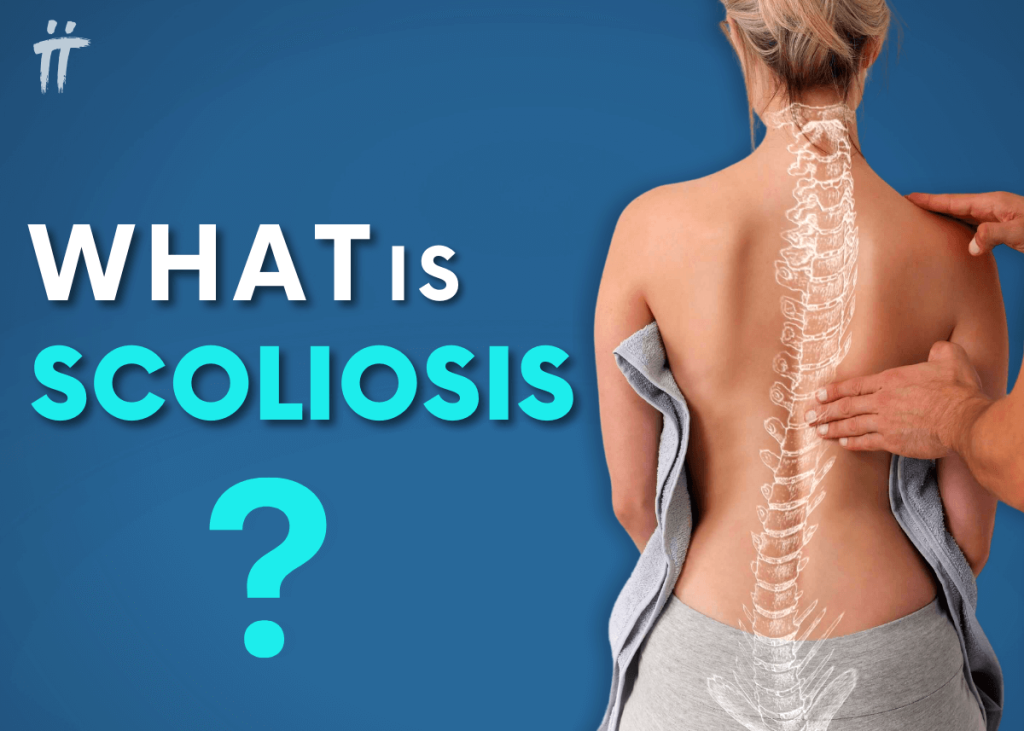
Scoliosis, also known as curvature of the spine, affects millions of people around the world and is seen in more than 2.5 million people in Turkey. Every year, thousands of children start brace treatment for scoliosis and thousands of people with severe curvature undergo scoliosis surgery.
The age of onset of scoliosis, which can develop in infancy or early childhood, is usually 10-15 years old. Even if you or your child has a mild spinal curvature, you may not always notice any symptoms. However, early diagnosis of scoliosis can reduce its long-term negative impact on quality of life. Therefore, scoliosis awareness is important not only for parents but also for all people and institutions that care about children, including teachers. One of the first steps is for parents to follow their children for signs of scoliosis or health screenings at schools.
Every year, June is recognized as Scoliosis Awareness Month to raise awareness about scoliosis worldwide and increase public awareness. Even if you are not aware of it at the moment, you or your child may have a spinal curvature. You can read the rest of our article to learn about scoliosis (curvature of the spine), its symptoms and treatment methods and to determine the steps you will take. If you think that you or your child has scoliosis symptoms, you can consult our specialist physicians.
Table of Contents:
- What is Scoliosis (Spinal Curvature)?
- What Causes Spinal Curvature (Scoliosis)? What are the Types?
- What are the Symptoms?
- How is it treated?
- What is Scoliosis Surgery?
- How is Spine Curvature (Scoliosis) Surgery Performed?
- Is Spinal Curvature (Scoliosis) Surgery Risky?
- Use of Robotic Spine Surgery in Scoliosis Surgery
- What Should Patients Pay Attention to After Surgery?
- Frequently Asked Questions About Scoliosis Surgery
What is Scoliosis (Spinal Curvature)?
Scoliosis (curvature of the spine) is a 3-dimensional spinal deformity in which the spine bends sideways to form an “S” or “C” shape. Our spine is made up of bones called vertebrae, which are stacked on top of each other. A healthy spine has a natural curvature that helps us bend and move. However, when our spine curves more than this natural curve, creating a sideways curve, a condition known as scoliosis occurs (Picture 1).

For a curvature of the spine to be defined as scoliosis, there must be a curve of at least 10 degrees. This angle is also known as the “Cobb angle”, a measure of curvature. There can be as little as 10 degrees of curvature or as severe as 90 degrees or more. Treatment of spinal curvature is planned according to the severity of the condition and the main goal is to relieve the symptoms.
Curvature can occur anywhere in the spine, but most commonly in the back and lumbar spine. Scoliosis can be congenital or can occur in any age group. However, it is most common in adolescents between the ages of 10 and 16. The majority of these are scoliosis of unknown cause (idiopathic).
What Causes Spinal Curvature (Scoliosis)? What are the Types?
There are various causes of spinal curvature; congenital scoliosis, i.e. congenital scoliosis, or spinal curvature can occur due to other diseases such as cerebral palsy, muscular dystrophy, spina bifida. Curvature of the spine may not always be recognized. You may learn that your child has scoliosis when you go to the doctor with complaints such as back pain or back pain or during health screenings at schools.
Contrary to popular belief, factors such as carrying heavy backpacks, sleeping on your side and poor posture do not cause spinal curvature. In most cases, the curvature of the spine is of unknown cause, i.e. idiopathic scoliosis. Although the cause of this type is unknown, genetic factors are thought to be effective. Idiopathic scoliosis has 3 types according to the age at which the deformity develops (Table 1).
Table 1. Types of idiopathic scoliosis
| Infantile idiopathic scoliosis | Develops from birth to 3 years of age |
| Juvenile idiopathic scoliosis | Develops between the ages of 4 and 9 |
| Adolescent idiopathic scoliosis | Develops between the ages of 10-18 |
Adolescent scoliosis is the most common group, accounting for about 80% of all idiopathic cases. Adolescence is a time of rapid growth in general. If any abnormality is detected at this stage, it should be closely monitored to see if the curve progresses. In cases detected at an early stage, treatment is possible with methods such as follow-up, spinal curvature exercises and the use of a brace. The most common cause of scoliosis in adults is degeneration of the spinal discs as they age.
There are also structural and non-structural types of spinal curvature. In non-structural curvatures, the structure of the spine is normal, but a condition such as a difference in leg length or an infection causes the curvature of the spine. When the underlying cause is corrected, the spinal curvature is also corrected. In the structural type, injuries, congenital defects, metabolic conditions cause curvature of the spine and if left untreated, the curvature can be permanent.
What are the Symptoms of Scoliosis?
When the curvature of the spine is 10 degrees or more, it is defined as scoliosis. However, slight curves of 10 degrees are usually asymptomatic. As the curvature increases to 20 degrees or more, symptoms become more noticeable.
If you have a spinal curvature that developed during adolescence and you did not notice it early on, you may notice that you develop scoliosis symptoms as you age. Since the curvature of the spine in children does not cause much back pain, the symptoms of scoliosis should be monitored.
Symptoms of scoliosis in childhood can be listed as follows, as shown in Figure 2;
- Shoulder curvature, different shoulder heights,
- Irregular hip alignment,
- The arms are not straight next to the body when the child stands straight,
- The two sides of the back are at different heights when the child leans forward.
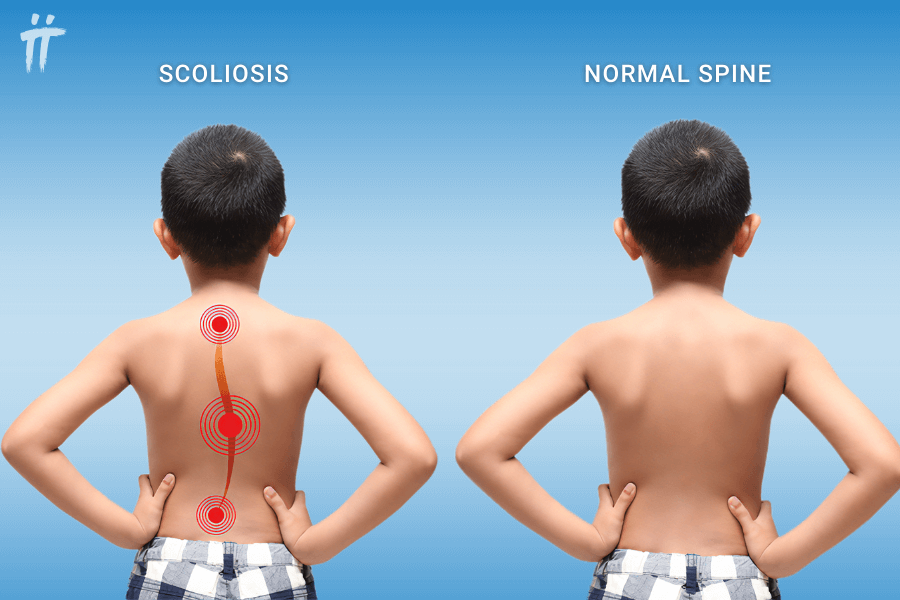
In adults, back pain is often the first symptom of spinal curvature. As the spine curves, it can also put pressure on nearby nerves and cause complaints such as weakness and numbness.
Some of the symptoms of scoliosisin adults are as follows (Figure 3):
- Different shoulder alignment,
- Irregular hip alignment,
- Irregular waist line,
- Numbness, weakness or pain in the legs,
- Difficulty standing upright,
- Feeling of fatigue.

Treatment of spinal curvature with early intervention gives successful results. If you notice any symptoms in yourself, your child or a relative, you can contact us and consult our specialist physicians for early diagnosis and treatment.
How is spinal curvature treated?
Treatment of curvature of the spine is planned to relieve complaints such as back pain and to prevent progression of the curvature. In most cases, a mild curve of 10-20 degrees does not cause any complaints and your doctor will ask for periodic check-ups to see if the curve is progressing.
If the curvature of your spine has started to cause a visible deformity in your body posture or complaints such as back pain, or if there is a severe curvature when first detected, different treatment methods are applied depending on factors such as age, severity, location and progression of the curvature, and bone maturity.
Some spinal curvature treatment methods other than surgery are as follows:
- Brace for curvature of the spine,
- Physical therapy and rehabilitation
- Exercises for curvature of the spine,
- Schroth method. (Image 4)
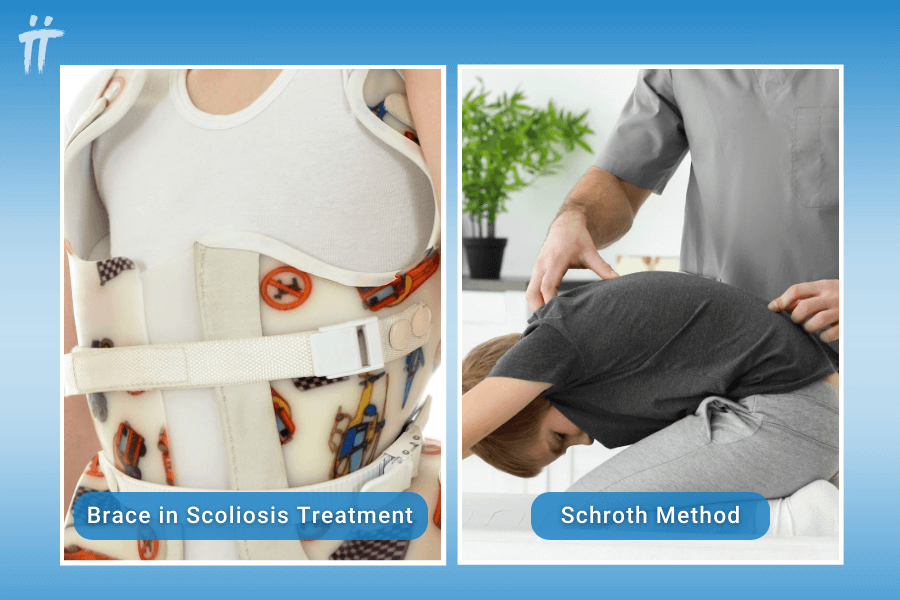
The use of a brace for spinal curvature during the period of growth in children can help to stop the progression of the curvature. For more information about the treatment methods for curvature of the spine, please read our article What You Should Know About Scoliosis.
In severe cases and in cases where the curvature of the spine continues to progress despite non-surgical treatment, scoliosis surgery should be considered.
What is Scoliosis Surgery?
There may be cases where the angle of curvature of the spine continues to increase despite treatments such as physical therapy, spinal curvature exercises and the use of a brace. In severe cases where this curvature is above 45 degrees, scoliosis surgery is recommended. Scoliosis surgery is performed to correct the abnormal curvature of the spine and relieve complaints. Scoliosis surgery is the last option because of the possible risks and complications. However, here are some of the signs that indicate the need for surgical treatment:
- Exacerbation of back and leg pain caused by curvature of the spine,
- Failure to benefit from non-operative treatments,
- Progression of the curve of the spine (over 45 degrees).
Failure to treat a progressive curvature of the spine can lead to serious health problems such as breathing difficulties as well as worsening pain. It is therefore important that you carefully consider the decision to have surgery and, together with your doctor, determine the best option for you.
How is Spinal Curvature (Scoliosis) Surgery Performed?
The methods used during scoliosis surgery differ from person to person. For example, in children with ongoing bone maturation, surgical methods that adapt to the growth of the spine can be applied with extensible systems or scoliosis surgery with drawstring.
In extensible systems, rods and screws are fixed to the spine to help correct the curvature of the spine. Every 6-12 months, your surgeon adjusts the length of the rods to adapt to the growth of the spine.
One of the common methods used for scoliosis surgery is spinal fusion. In this technique, two or more vertebral bones are combined into a single bone to correct the curvature of the spine. The surgeon corrects the spine by inserting rods and screws. Then small pieces of bone, called bone grafts, are placed in this area like a patch. Thus, the bones of the spine come together and the bones grow together to form a single bone (Figure 5).

Is Spinal Curvature (Scoliosis) Surgery Risky?
At the decision stage, the question of whether scoliosis surgery is risky is one of the most curious ones. Spine surgeries require extremely delicate surgical procedures as they take place around the nerve roots and spinal cord. Damage to a nerve during surgery can cause neurological damage and complications such as paralysis. Therefore, it is quite normal to be concerned about the decision to have surgery.
Spine surgery carries some significant risks due to its proximity to the main blood vessels and nerves (spinal cord). Knowing the complications and possible risks after scoliosis surgery is extremely important for the surgical process and afterwards.
Complications such as infection, nerve damage, blood loss, bowel and bladder problems are among the risks of scoliosis surgery. Additional risks associated with scoliosis surgery include loss of spinal balance and failure of the bones to heal and fuse properly.
The risks of scoliosis surgery include the following:
- Infection
- Excessive blood loss
- Deep vein thrombosis
- Complications associated with the lungs
- Stomach and intestinal problems
- Neurological complications due to nerve and spinal cord damage
- Problems such as breakage or displacement of materials such as screws and rods used in surgery
The most serious complications after scoliosis surgery are neurological complications, that is, risks related to the nervous system. These risks include loss of sensation, weakness and numbness in the legs and feet, impaired bowel and bladder function and paralysis. Some of these may improve over time, but there are also permanent conditions.
Neurological damage and paralysis are rare risks, but the effects can be devastating. It is therefore important to be aware of the possible risks and know your options.
Robotic Scoliosis Surgery and Spine Surgery
In order to minimize the risks of spinal curvature surgery, modern technologies have been developed that allow the surgery to be performed with high precision. The most important of these technologies is robotic spine surgery. Thanks to the use of robotic spine surgery, scoliosis surgeries are much more reliable today. (Image 6)

In scoliosis surgeries performed with robotic spine surgery;
- Surgical instruments such as implants and screws are placed in the most accurate way
- Surgery is performed with high accuracy and precision
- An operation plan suitable for each patient’s own spine anatomy is made
- Thus, risks such as nerve injury and paralysis are minimized
Many patients benefit from scoliosis surgery to prevent the progression of spinal curvature and correct the deformity of the spine. However, remember to carefully consider the potential risks and the safest options to reduce these risks with your doctor before making a final decision for surgery.
What Should Patients Pay Attention to After Scoliosis Surgery?
The recovery process after scoliosis surgery varies from person to person and according to the complexity of the surgery. Factors such as the type of surgery, your general health condition and your age affect the healing process. There are some points that patients should pay attention to in this process. For example, in the first few weeks you should not bend over, lift loads, drive a car or do too much physical activity.
One of the most important issues you should pay attention to after scoliosis surgery is infection. The surgical site should be kept clean and dry to prevent infection. You also need to take regular medication prescribed by your doctor to prevent pain and the risk of infection.
We can list the things to be considered after scoliosis surgery as follows:
- In the early days, plan to have someone with you who can help with some basic care needs and daily tasks.
- Avoid movements such as bending, heavy lifting.
- If your doctor has recommended a postoperative brace, take care to use it regularly and avoid risky movements.
- You will be given instructions to follow at home before you are discharged from hospital. Follow these recommendations as much as possible.
- School-age patients can usually partially return to school within a month after surgery. However, you need to follow the time frame set by your doctor to return to activities such as physical education and exercise.
- In the first period after scoliosis surgery, you should not drive. Potholes and bumps in the road are dangerous as they can cause sudden movements. As you continue to recover, your doctor will allow you to drive.
- Approximately 6 weeks after spinal fusion surgery, your surgeon will order X-rays to evaluate the process. Based on this, it decides which activities you can continue or should avoid.
- If you have a job that does not require intense physical activity, you can usually return to work 4-6 weeks after surgery. However, it may take a little more time before you can resume more strenuous work.
- Do not neglect to follow your controls in the postoperative period and consult your doctor if you have any questions.
With recent advances such as robotic spine surgery, most patients can be discharged more quickly and experience a faster and more painless recovery. As the only center applying robotic spine surgery in Turkey, you can contact us to get information about the subject and evaluate your options with our surgeons.
Frequently Asked Questions About Scoliosis Surgery
At what degree of curvature of the spine does scoliosis require surgery?
How long does it take to recover from spinal curvature surgery?
Are the screws removed after scoliosis surgery?
Does the curvature of the spine recur after surgery?
In cases where scoliosis surgery is required, a completely individualized surgery plan should be made. Although modern medicine and technological methods minimize the risks associated with spine surgery, remember that every surgical intervention has potential risks. Therefore, always share your fears and concerns about surgery with your orthopedic surgeon. You can evaluate your options and make the final decision together with your doctor.
If you suspect scoliosis (curvature of the spine) or are looking for the right treatment options for you, you can contact us for detailed information.





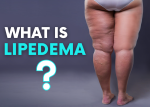

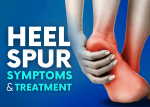
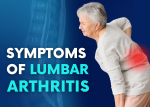
Leave a Comment